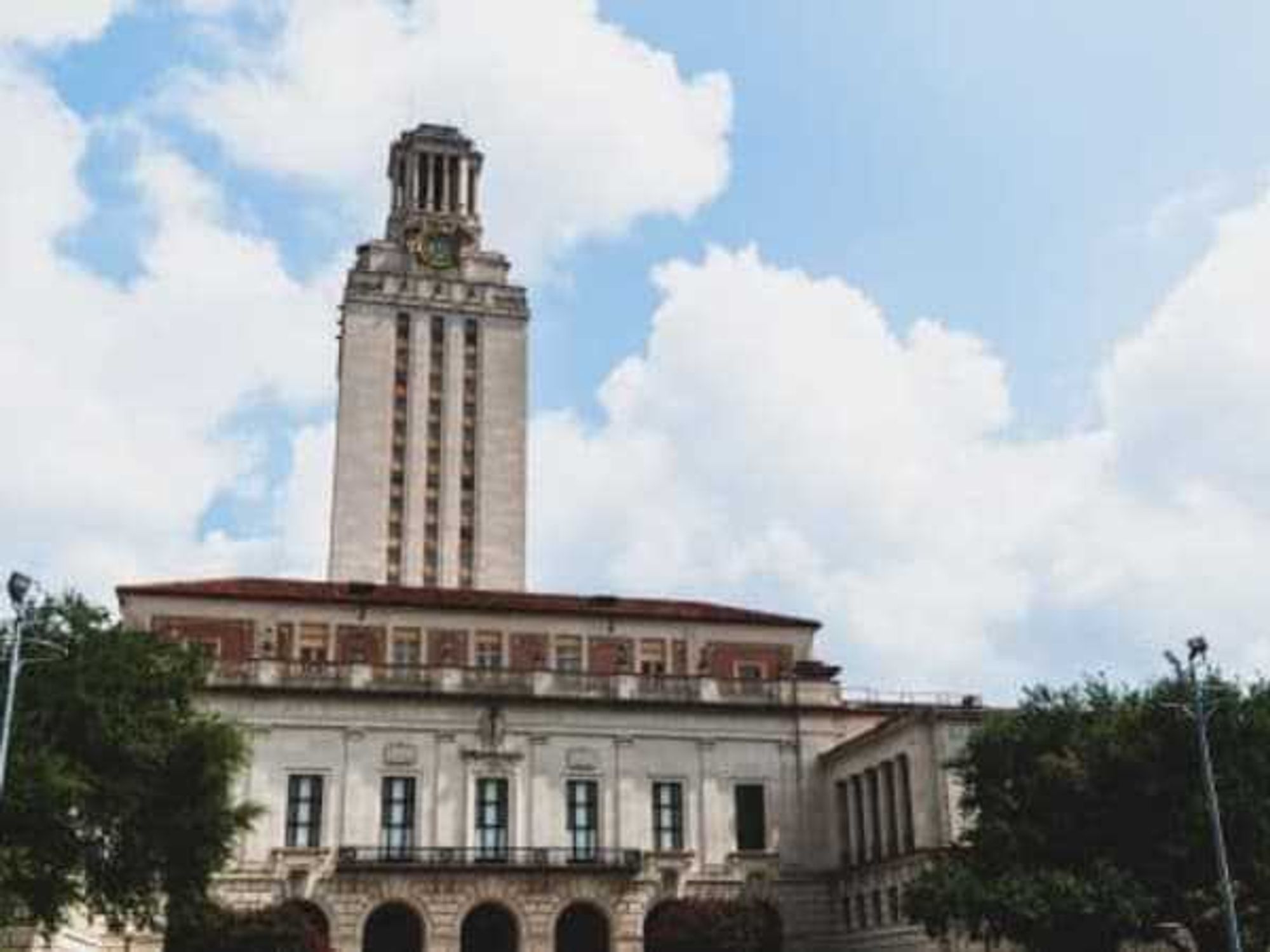DOWNTOWN REBOUND
New report maps out the road to recovery — and transformation — for downtown Austin

The road to recovery is long and arduous — and more than a little daunting — but after a year-long pandemic that has had a devastating impact on Austin’s downtown sector in particular, the Downtown Austin Alliance has a plan to create a more resilient downtown among efforts to return to normalcy.
On Wednesday, April 21, the DAA — the civic-minded advocacy group that includes downtown property owners, residents, business owners, community organizations, and government officials — released its annual State of Downtown report. Along with a new report, it released the new Roadmap to Recovery and Resilience report, which speaks directly to how downtown Austin can return to the thriving metropolis it was pre-pandemic. In fact, the roadmap report envisions more than just a return to normal; it advocates for a better, more resilient downtown that would include a revitalized neighborhood with parks, public spaces, and transit access within a “vibrant, world-class business center.”
In its State of Downtown report, the DAA notes that every facet of downtown — particularly small locally owned businesses, restaurants, and entertainment venues — was negatively impacted by the pandemic. In the past year, consumers spent 54 percent less in the downtown area, with spending still not rebounding to pre-pandemic levels, and the area experienced as much as a 74 percent decrease in daily pedestrian traffic.
While many downtown businesses were forced to shutter temporarily or permanently during the pandemic when they’d otherwise be thriving — local loves Easy Tiger Bake Shop & Beer Garden, Second Bar + Kitchen and a slew of live music venues among them — the DAA notes there is reason for hope in downtown Austin’s rebound.
The downtown housing market remains strong, according to the group, and there are currently 23 buildings under construction and another 32 planned in the downtown area. Additionally, two apartment projects continue to move forward on Rainey Street, bringing more than 600 units to the growing neighborhood. Perhaps most notably, several projects are set to be completed this year that, the DAA says, will increase downtown Austin’s office, residential, and hotel offerings.
The addition of 1.5 million square feet of office space to downtown will break all previous annual records. And three new residential projects will add more than 900 living units to the neighborhood this year, while downtown also boasts 1,000 new hotel rooms.
“By any measure, 2020 was a difficult year for downtown,” says Jenell Moffett, director of research and analysis for the Downtown Austin Alliance. “However, as we began to adapt and identify innovative ways to keep downtown as open as it could be, signs of recovery became more and more evident. So many people love downtown Austin, and because it is the economic engine of our region, we need to ensure it remains a destination for job creators, residents, local visitors, and tourists. The fundamental strengths are a strong foundation to build upon.”
The DAA’s new Roadmap to Recovery and Resilience, a plan that’s the result of comprehensive research, hundreds of hours of work, and much input from key community stakeholders, outlines some urgent short-term strategies that promote growth and enhanced resiliency. Among the plan’s priorities are addressing issues surrounding the unsheltered homeless community downtown, activating more parks and public spaces, ramping up support for small businesses and live-music venues, and heavily marketing the downtown area.
Though the goal is to transform downtown Austin by championing enhanced infrastructure while also making the area more resilient to unforeseen future issues, the DAA notes the plan is just a first step.
“Our focus since March 2020 has been how to ensure downtown can recover and become more resilient to economic threats,” says Dewitt Peart, president and CEO of the Downtown Austin Alliance. “This roadmap lays out a vision that will do exactly that. It won’t happen overnight, but our team is dedicated to working with the community and local government officials and stakeholders to implement this vision that will result in a better downtown experience and a downtown economy that is better able to withstand future catastrophic challenges.”
